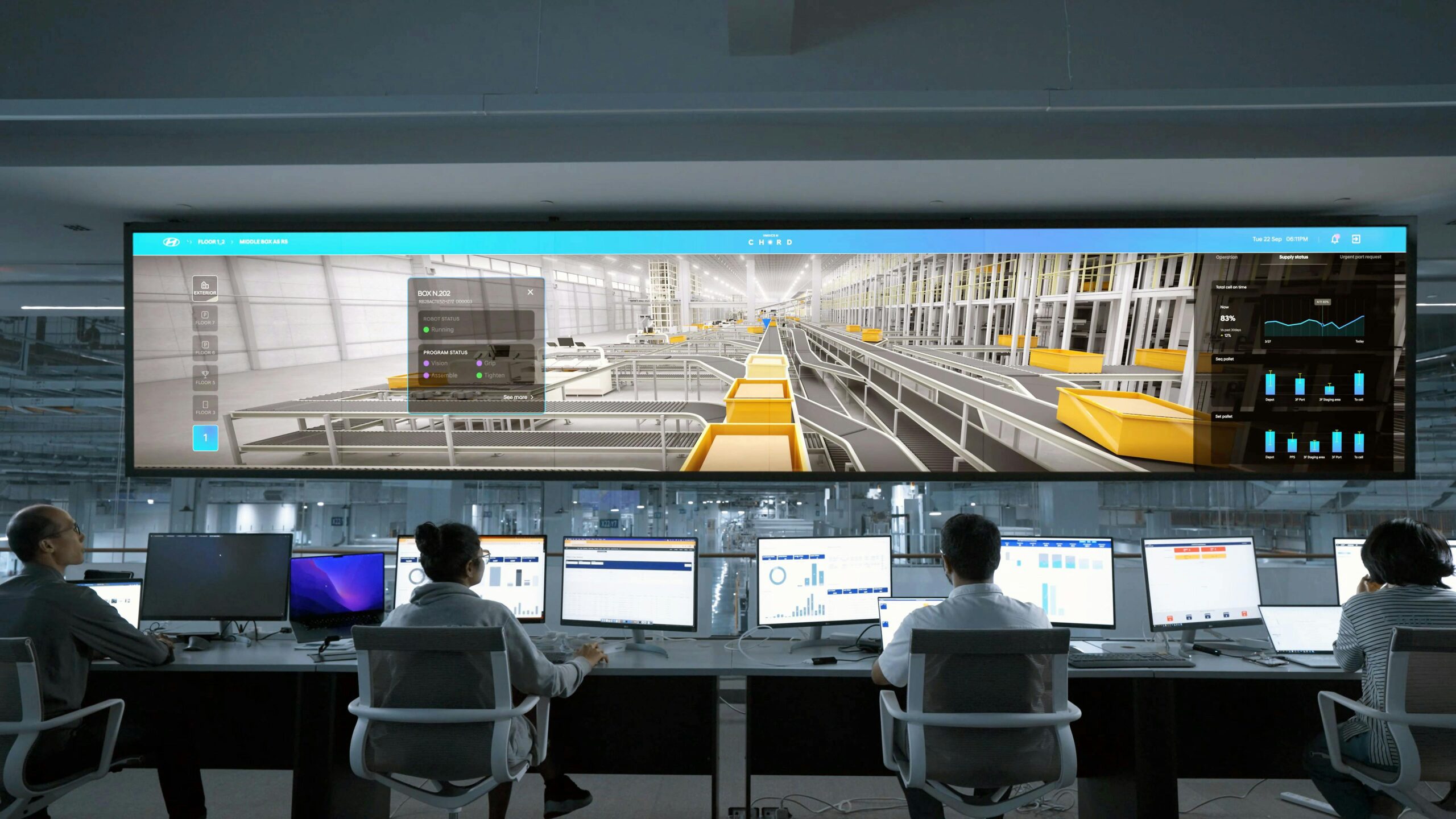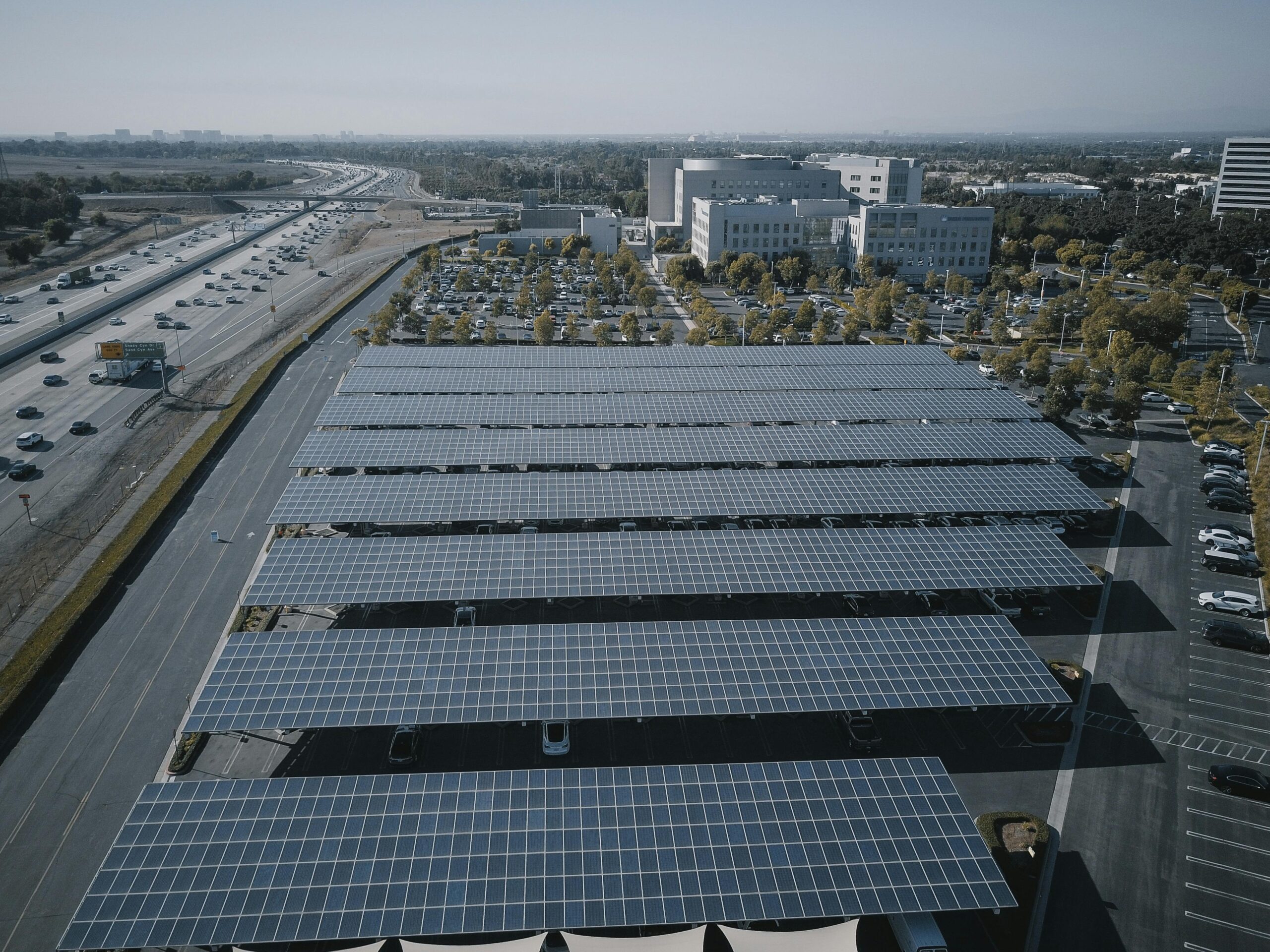Modern businesses face unprecedented pressure to optimize energy consumption while maintaining operational excellence. Energy data visualization systems offer the competitive edge needed to transform raw data into actionable insights that drive profitability.
🔋 The Power Revolution: Why Energy Visualization Matters Now
Energy costs continue to climb across industries, pushing organizations to seek innovative solutions for monitoring and managing consumption. Traditional spreadsheets and manual reporting no longer provide the real-time visibility necessary for today’s fast-paced business environment. Energy data visualization systems bridge this gap by converting complex datasets into intuitive visual representations that decision-makers can understand at a glance.
These sophisticated platforms aggregate information from multiple sources—smart meters, IoT sensors, building management systems, and production equipment—creating a comprehensive picture of energy usage across facilities. The result is unprecedented visibility into consumption patterns, waste identification, and optimization opportunities that would otherwise remain hidden in rows of numerical data.
Companies implementing robust visualization systems report average energy savings between 10-30% within the first year. Beyond cost reduction, these tools enable predictive maintenance, enhance sustainability reporting, and support compliance with increasingly stringent environmental regulations. The return on investment extends far beyond utility bills, touching every aspect of operational efficiency.
📊 Understanding the Core Components of Energy Visualization Systems
Effective energy data visualization platforms comprise several interconnected elements working in harmony. Data acquisition forms the foundation, utilizing sensors and meters that capture consumption metrics in real-time. These devices monitor electricity, natural gas, water, compressed air, steam, and other utilities with precision previously unattainable.
The middleware layer processes and normalizes this information, applying algorithms that detect anomalies, calculate benchmarks, and identify trends. Advanced systems incorporate machine learning capabilities that continuously improve accuracy by recognizing patterns unique to each facility’s operational profile.
The visualization interface represents where data transforms into wisdom. Dashboards present key performance indicators through charts, graphs, heat maps, and interactive displays designed for quick comprehension. Customizable views allow different stakeholders—from facility managers to C-suite executives—to access information relevant to their responsibilities and decision-making authority.
Critical Features That Define Superior Systems
Not all visualization platforms deliver equal value. The most effective solutions incorporate specific capabilities that maximize utility and user adoption. Real-time monitoring stands paramount, providing immediate awareness of consumption changes that might signal equipment malfunction or operational inefficiency.
Historical analysis functionality enables comparison across time periods, revealing seasonal variations, production correlations, and the impact of efficiency initiatives. Predictive analytics take this further by forecasting future consumption based on planned activities, weather patterns, and historical trends.
Alert mechanisms notify relevant personnel when consumption exceeds predetermined thresholds or when anomalous patterns emerge. These proactive notifications prevent minor issues from escalating into costly problems while enabling rapid response to unexpected situations.
💡 Transforming Operations Through Strategic Implementation
Successful deployment of energy visualization systems requires thoughtful planning and phased execution. Organizations must first assess their current monitoring infrastructure, identifying gaps in coverage and data quality. This baseline evaluation establishes priorities for sensor deployment and system integration.
Stakeholder engagement proves critical throughout implementation. Facility managers, maintenance teams, sustainability coordinators, and finance departments each bring unique perspectives on how energy data can enhance their work. Collaborative design ensures the visualization system addresses actual business needs rather than theoretical capabilities.
Training represents an often-underestimated component of successful adoption. Even the most sophisticated platform delivers limited value if users cannot interpret visualizations or translate insights into action. Comprehensive onboarding programs combined with ongoing support establish the organizational competency necessary for sustained benefit realization.
Integration with Existing Business Systems
Energy visualization platforms achieve maximum impact when connected to broader business intelligence ecosystems. Integration with enterprise resource planning (ERP) systems allows correlation of energy consumption with production volumes, revealing efficiency metrics like energy intensity per unit manufactured.
Connections to building automation systems enable automated responses to consumption patterns. For example, HVAC adjustments can occur automatically when spaces become unoccupied, or lighting levels can modulate based on natural daylight availability without manual intervention.
Financial systems integration streamlines cost allocation and budgeting processes. Real-time consumption data combined with utility rate information provides accurate expense forecasting and enables department-level accountability for energy costs.
🎯 Maximizing Efficiency Through Data-Driven Decision Making
The true value of visualization systems emerges when organizations establish processes that convert insights into action. Regular review sessions bring together operational leaders to analyze trends, investigate anomalies, and prioritize improvement initiatives based on data-driven evidence rather than assumptions.
Baseline establishment creates the reference point against which all improvements are measured. Sophisticated systems calculate expected consumption under varying conditions, making it possible to identify savings opportunities and quantify the impact of efficiency projects with precision.
Continuous improvement methodologies flourish when supported by robust visualization tools. Teams can rapidly test hypotheses, measure results, and iterate on solutions with confidence that outcomes are accurately tracked and reported.
Identifying Hidden Waste and Optimization Opportunities
Visualization platforms excel at revealing inefficiencies invisible through traditional monitoring methods. Vampire loads—energy consumed by equipment during off-hours—often account for 10-20% of total usage. Heat maps showing 24/7 consumption patterns make these wasteful draws immediately apparent.
Demand charge optimization represents another area where visualization delivers substantial savings. By graphically displaying peak demand periods and the factors contributing to spikes, facilities can implement load-shifting strategies that dramatically reduce utility costs without impacting productivity.
Comparative analysis between similar facilities or production lines highlights performance variations that warrant investigation. When one building or process consumes significantly more energy than comparable counterparts, visualization tools make this discrepancy obvious and quantifiable.
🌍 Supporting Sustainability Goals and Regulatory Compliance
Corporate sustainability commitments require accurate measurement and transparent reporting of environmental impact. Energy visualization systems provide the documentation infrastructure necessary to track progress toward carbon reduction targets and communicate achievements to stakeholders.
Regulatory compliance grows increasingly complex as governments implement stricter energy efficiency standards and reporting requirements. Automated data collection and visualization streamline the compliance process, reducing administrative burden while ensuring accuracy and completeness.
Third-party verification for sustainability certifications and carbon credit programs relies on verifiable consumption data. Robust visualization platforms maintain the detailed records and audit trails required by certification bodies, facilitating recognition for environmental stewardship efforts.
Creating Accountability Through Transparency
Visible metrics drive behavioral change across organizations. When department managers can see their energy consumption relative to peers and targets, natural competitive dynamics encourage efficiency improvements. Public dashboards in common areas raise awareness among all employees, fostering an energy-conscious culture.
Executive visibility ensures energy management receives appropriate strategic attention and resource allocation. When C-suite leaders access real-time visualization of consumption trends and cost implications, sustainability initiatives gain the leadership support necessary for significant impact.
🚀 Emerging Technologies Shaping the Future
Artificial intelligence and machine learning continue transforming energy visualization capabilities. Predictive algorithms now anticipate equipment failures before they occur by recognizing subtle consumption pattern changes that precede breakdowns. This predictive maintenance capability prevents costly downtime while extending asset lifespans.
Digital twin technology creates virtual replicas of physical facilities, enabling simulation of energy consumption under various scenarios. Organizations can test optimization strategies virtually before implementing physical changes, reducing risk and accelerating improvement initiatives.
Augmented reality interfaces represent the next frontier in visualization, overlaying consumption data onto physical equipment through mobile devices or smart glasses. Maintenance technicians can see real-time energy flow information while inspecting machinery, enhancing troubleshooting capabilities and efficiency assessments.
Cloud-Based Platforms and Mobile Accessibility
Modern visualization systems leverage cloud computing to provide universal access and eliminate on-premise infrastructure requirements. Cloud platforms offer scalability that grows with organizational needs, automatic updates that ensure access to latest features, and robust security protocols that protect sensitive operational data.
Mobile applications extend visualization capabilities beyond the desktop, enabling facility managers to monitor conditions from anywhere. Push notifications deliver critical alerts regardless of location, ensuring rapid response to urgent situations even when personnel are off-site.
💼 Building the Business Case for Investment
Justifying visualization system implementation requires quantifying both direct and indirect benefits. Energy cost savings provide the most straightforward calculation, typically based on conservative estimates of 10-15% reduction in consumption through improved monitoring and management.
Operational efficiency gains extend beyond energy costs. Reduced equipment downtime, optimized maintenance scheduling, and improved asset utilization contribute substantial value that bolsters the financial justification. Labor savings from automated reporting and streamlined compliance processes further strengthen the business case.
Risk mitigation represents a critical but often undervalued benefit. Early detection of equipment issues prevents catastrophic failures that could halt production or damage critical assets. Enhanced compliance reduces exposure to regulatory penalties and reputational damage from environmental violations.
Calculating Total Cost of Ownership
Comprehensive financial analysis considers both initial implementation costs and ongoing expenses. Hardware investments include sensors, meters, and communication infrastructure required for data acquisition. Software licensing typically follows subscription models with costs scaling based on facility size and feature requirements.
Implementation services encompass system design, installation, configuration, and integration with existing platforms. Training programs and change management support ensure successful adoption across the organization. Ongoing maintenance, support, and system administration represent recurring costs that must factor into total ownership calculations.
When compared against projected savings and operational improvements, most organizations achieve payback periods between 12-24 months, with benefits continuing to accrue for years beyond initial investment recovery.
⚡ Overcoming Implementation Challenges
Despite clear benefits, organizations encounter obstacles during visualization system deployment. Legacy equipment often lacks connectivity capabilities, requiring retrofitting or replacement to enable data acquisition. Working with existing building management systems may necessitate custom integration work when standardized protocols are unavailable.
Data quality issues can undermine visualization effectiveness. Sensor calibration errors, communication disruptions, and incomplete coverage create gaps that diminish confidence in reported information. Establishing robust data governance processes and regular validation protocols ensures ongoing accuracy.
User adoption resistance emerges when personnel perceive new systems as additional work rather than valuable tools. Demonstrating quick wins, highlighting individual benefits, and involving end-users in design decisions foster enthusiasm and engagement necessary for successful implementation.
🏆 Real-World Success Stories and Measurable Results
Manufacturing facilities implementing comprehensive visualization systems consistently achieve impressive outcomes. A mid-sized automotive parts manufacturer reduced energy consumption by 23% within eight months by identifying compressed air leaks, optimizing HVAC schedules, and implementing demand-based lighting controls—all initiatives revealed through visualization analytics.
Commercial real estate portfolios leverage these platforms to benchmark building performance across properties, establishing best practices and identifying underperforming assets requiring intervention. One property management company reduced aggregate energy costs by $1.2 million annually while improving tenant satisfaction through more comfortable environmental conditions.
Healthcare facilities balance stringent comfort requirements with cost containment pressures. Visualization systems enable precise monitoring of critical areas requiring specific conditions while identifying opportunities to reduce consumption in less sensitive spaces, achieving both patient care excellence and operational efficiency.
🔮 Strategic Advantages in Competitive Markets
Organizations that master energy data visualization gain advantages extending beyond cost savings. Enhanced sustainability credentials attract environmentally conscious customers and partners, opening market opportunities unavailable to less progressive competitors. Demonstrable commitment to efficiency and environmental stewardship strengthens brand reputation and stakeholder relationships.
Operational resilience improves through better understanding of energy dependencies and vulnerabilities. Facilities can develop more effective contingency plans and respond more intelligently to supply disruptions or price volatility. This preparedness provides competitive advantage when market conditions become challenging.
Innovation culture flourishes when organizations embrace data-driven decision making. Energy visualization systems establish frameworks and mindsets that extend to other operational areas, creating momentum toward digital transformation and continuous improvement across the enterprise.

🎓 Empowering Teams Through Knowledge and Tools
The ultimate success of energy visualization initiatives depends on people who use these systems daily. Investing in employee development ensures teams possess skills necessary to extract maximum value from available tools. Training programs should address not only system operation but also data interpretation, analytical thinking, and change implementation.
Cross-functional collaboration amplifies visualization benefits. When maintenance, operations, sustainability, and finance teams work together analyzing energy data, insights emerge that single-department perspectives might miss. Establishing regular collaboration forums encourages knowledge sharing and coordinated action.
Recognition programs that celebrate efficiency achievements reinforce desired behaviors and sustain momentum. Publicizing successes—both organizational milestones and individual contributions—builds enthusiasm for ongoing improvement efforts and demonstrates leadership commitment to energy management excellence.
Energy data visualization systems represent transformative technology for organizations committed to operational excellence and sustainability. By converting complex consumption data into actionable intelligence, these platforms enable the informed decision-making necessary to thrive in increasingly competitive and environmentally conscious markets. The journey toward energy optimization begins with visibility, and cutting-edge visualization tools provide the clarity needed to illuminate the path forward while delivering measurable results that impact both profitability and planetary stewardship.
Toni Santos is an urban innovation writer and researcher dedicated to exploring how technology, sustainability, and design are reshaping the cities of tomorrow. With a deep interest in smart infrastructure and human-centered development, Toni studies how data-driven systems and green technologies can create more livable, resilient, and efficient urban environments. Fascinated by sustainable architecture, IoT integration, and next-generation mobility, Toni’s work connects environmental awareness with digital transformation. Through research and storytelling, he examines how intelligent planning and renewable innovation can redefine the relationship between people and their cities. Blending urban design, environmental science, and systems thinking, Toni documents the breakthroughs that are reimagining how we build, move, and coexist. His work highlights the architects, engineers, and technologists leading the charge toward smarter, greener futures. His work is a tribute to: Green architecture as the foundation for sustainable living IoT innovation shaping the infrastructure of connected cities Mobility systems and renewable energy driving urban transformation Whether you’re an architect, engineer, or city planner, Toni Santos invites you to explore the technologies and ideas building the smart, sustainable cities of the future — one street, one system, one vision at a time.




